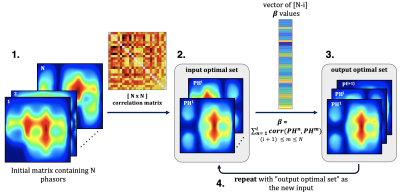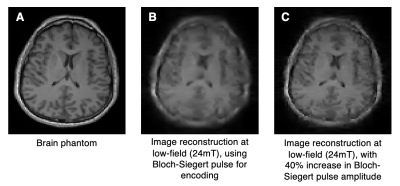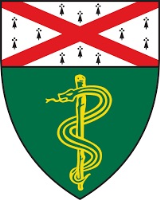Kartiga Selvaganesan1, Yonghyun Ha2, Basong Wu2, Kasey Hancock3, Charles Rogers III2, Sajad Hosseinnezhadian2, Gigi Galiana2, and Todd Constable2
1Biomedical Engineering, Yale University, New Haven, CT, United States, 2Radiology and Biomedical Imaging, Yale University, New Haven, CT, United States, 3Electrical Engineering, Yale University, New Haven, CT, United States
1Biomedical Engineering, Yale University, New Haven, CT, United States, 2Radiology and Biomedical Imaging, Yale University, New Haven, CT, United States, 3Electrical Engineering, Yale University, New Haven, CT, United States
This work
shows that the Bloch-Siegert shift, which provides an RF alternative to spatial
encoding with gradient coils, can be used to image in a low-field, open MRI system.
We present a new approach to evaluate and optimize nonlinear RF encoding
schemes generated by transmit phased arrays.

Figure 3.
The correlation between pairs of phasors was calculated for the initial set of
N phasors (1). The phasors with the smallest correlation was added to
the "input optimal set" (2).
The sum of correlations squared was calculated between
the remaining $$$(N-i)$$$ phasors, and the phasors in the "input optimal set", for a total of
$$$(N-i)$$$ β values.
The phasor with the smallest $$$β$$$ value was then added to the "output optimal set" (3).
The ”output optimal set” became the new input, and steps 2 and 3 were repeated
until the final optimal set contained the desired number of phasors (4).

